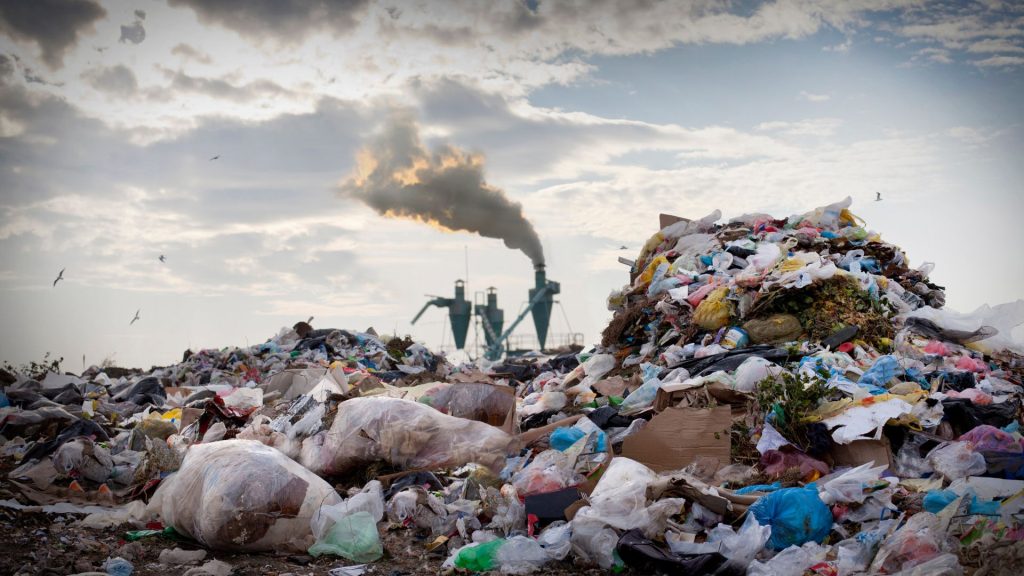What is an environmental crime? Environmental crime is defined by the United Nations Environment Program or UNEP and INTERPOL as, “Despite the fact that there is no globally accepted definition of “environmental crime,” it is generally considered to refer to all illicit acts that affect the environment while benefiting people, organizations, or businesses through the exploitation, destruction, exchange, or extortion of resources, encompassing, however, it is not restricted to major crimes and international organized crime.”
The prosecution may employ the wrong laws or rules based on how the crime is identified and characterized. The term environmental crime has been narrowed by many recently emerging definitions concentrating solely on offenses that violate environmental regulations or crimes that affect endangered species. The UN Convention on Transnational Organized Crime or UNTOC, which allows the treaty to be applied to new and evolving forms of crime, acknowledges the need for a larger perspective by neither defining transnational organized crime nor outlining the kinds of activities that may comprise it. It does, however, define organized crime organizations.
What is an Environmental Crime?
Environmental crime refers to various actions that violate environmental laws and endanger the environment, public health, or both. These offenses may include, but are not limited to, the following:
Improper waste collection, shipping, recovery, or disposal
Illegal establishment of a plant where a hazardous activity is performed or where hazardous materials or preparations are kept
Killing, destroying, possessing, or trading in wild animal or plant species that are protected
Illegal timber collection and logging
Illegal fishing
Production, exportation, importation, marketing, or use of ozone-depleting substances
Criminal organizations began committing environmental crimes alongside other crimes decades ago, motivated by huge profits and light punishments. Many of these offenders began their careers in legitimate enterprises before opportunistically switching to crime to exploit weaknesses specific to their field.
A network of people, some of whom have specialized knowledge, commit illegal activities, much like in other types of severe and organized crime. Legal and commercial operations, such as those associated with industrial manufacturing, waste management, the flora and fauna market, or fuel production and distribution, serve as both the primary enablers of environmental crimes and the ideal cover for illegal actions.
Environmental crimes are also known as green crimes or nature crimes. In today’s world, environmental crime is as dreadful as any other crime. With very few exceptions and in violation of several international agreements, the main motivation behind the environmental crime is profit. Its traits are all too well known: organized networks, corruption, money laundering, porous borders, illegal migration, and the exploitation of underprivileged people.
Wildlife offenders are just as brutal as any other criminals, and their tools of the trade include intimidation, violation of human rights, impunity, murder, and physical assault. In many sectors of foreign development initiatives, environmental crime indications are clear. Significant worldwide problems, including those addressed by the Millennium Development Goals or MDGs, are linked to and aggravated by green crimes, “affecting development, peace, security, and human rights.”
Some of these concerns have been on the table for a while. Still, they only recently have enforcement authorities worldwide started to acknowledge the role that organized criminal networks play in environmental crime. Organized gangs that exploit natural resources and damage habitats are increasingly responsible for illicit logging and wildlife trafficking, which further endangers vulnerable species and ecosystems. These groups also strip people of their livelihoods.
Environmental crime is believed to be one of the most funds-generating crimes in the world, with annual illicit earnings ranging from 110 to 281 billion US dollars. The cost of economic harm due to global environmental crime in 2016 ranged from 76 billion to 218 billion euros, which has since risen. The World Bank estimated that in 2019 there was a 1 to 2 trillion US dollars in yearly economic loss due to animal trafficking, illicit logging, and unregulated fishing. Millions of euros are lost each year in Europe alone due to some criminal networks’ profits from environmental crimes.
These crimes frequently fail to elicit the appropriate reaction from authorities and the police because they are seen as “victimless” and low on the list of concerns. In actuality, the consequences affect the entire society. For instance, illicit logging adds to the destruction of forests. Deforestation is a major cause of ecological issues like floods and robs forest communities of essential sources of income. It also plays a significant role in climate change, accounting for up to one-fifth of emissions of greenhouse gases. Ozone layer issues, including skin cancer and cataracts, are brought on by the weakening of the ozone layer, which is caused by illegal trafficking in ozone-depleting substances such as the refrigerant compounds chlorofluorocarbons or CFCs.
Final Thoughts
The COVID-19 pandemic led nations into varying degrees of lockdown during 2020, including shutting borders to visitors and limiting the movement of law enforcement and natural resource management employees. In the name of “economic recovery,” the outbreak has also been exploited in certain nations to justifiably defer and reduce the implementation of laws against environmental criminality. Donor money for important protected areas and species conservation efforts has also been delayed in distribution. Protected area management capabilities, the enforcement of laws to stop illegal logging, mining, fishing, and biodiversity exploitation, and assistance to local communities engaged in conservation activities like wildlife tourism and the endorsement of deforestation-free commodity distribution networks are likely to be affected activities.




